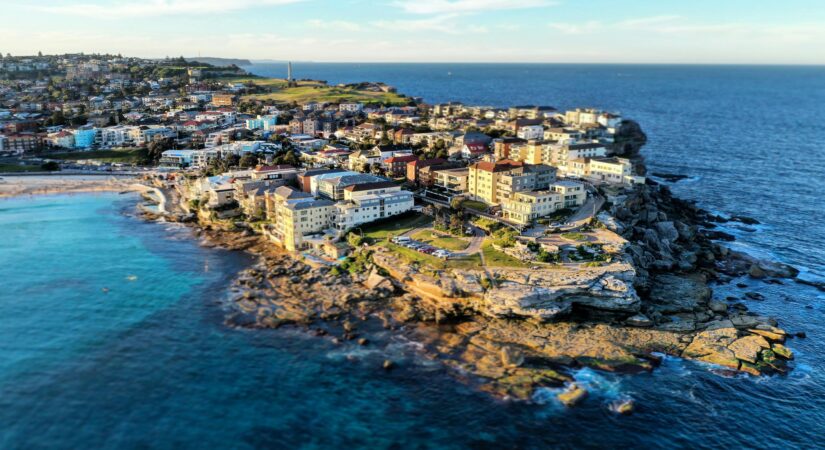In a market where everyone’s focused on median prices and rental yields, the real competitive edge lies in observant, smart investing. This article tracks three NSW property statistics slipping under the radar—but with significant implications for property investors.
1. Western Sydney Infrastructure Investment & Housing Demand
Stat: The NSW 2025–26 Infrastructure Budget allocates $10.8 billion for Sydney Metro West, $5.5 billion for roads, $3.9 billion for schools, and $3.6 billion for Sydney Metro – Western Sydney Airport, shaping a thriving new economic corridor around the Aerotropolis..
Insight: This level of capital injection fuels population growth, improves accessibility, and boosts housing demand in Western Sydney—especially near the new airport and Bradfield City Centre. Savvy investors should explore suburbs benefiting from new transport and amenity links now.
2. Rental Forecast Showdown: Lifestyle vs. Affordable Suburbs
Stat: Forecasts suggest rents may drop by $100–$680/week in premium coastal and “lifestyle” suburbs like Bondi, Manly, and Paddington, while outer Sydney suburbs in the northwest and southwest could see rental growth of up to 15%.
Insight: While lifestyle hotspots remain iconic, their rental demand may soften as tenants move toward affordability. Investors hunting for stability and growth should consider strategic outer suburbs delivering more reliable rental returns.
3. Climate Risk Cost Pressures in Regional NSW
Stat: Climate projections show that regional NSW areas will face escalating insurance and construction costs due to heightened bushfire and other extreme weather risks.
Insight: Regions more vulnerable to climate extremes might come with hidden cost burdens—surging insurance premiums, retrofitting needs, and elevated maintenance. Savvy investors should weigh these risks when evaluating regional property investments.
Conclusion
The investment edge isn’t just in well-known metrics—it’s in tracking trends shaping future demand and risk. Here’s what to watch:
– Western Sydney: Tap into new infrastructure corridors before they peak.
– Rental shifts: Lifestyle suburbs may cool—outer markets offer steadier yield potential.
– Regional risk: Factor in rising costs tied to climate risk when assessing value.



